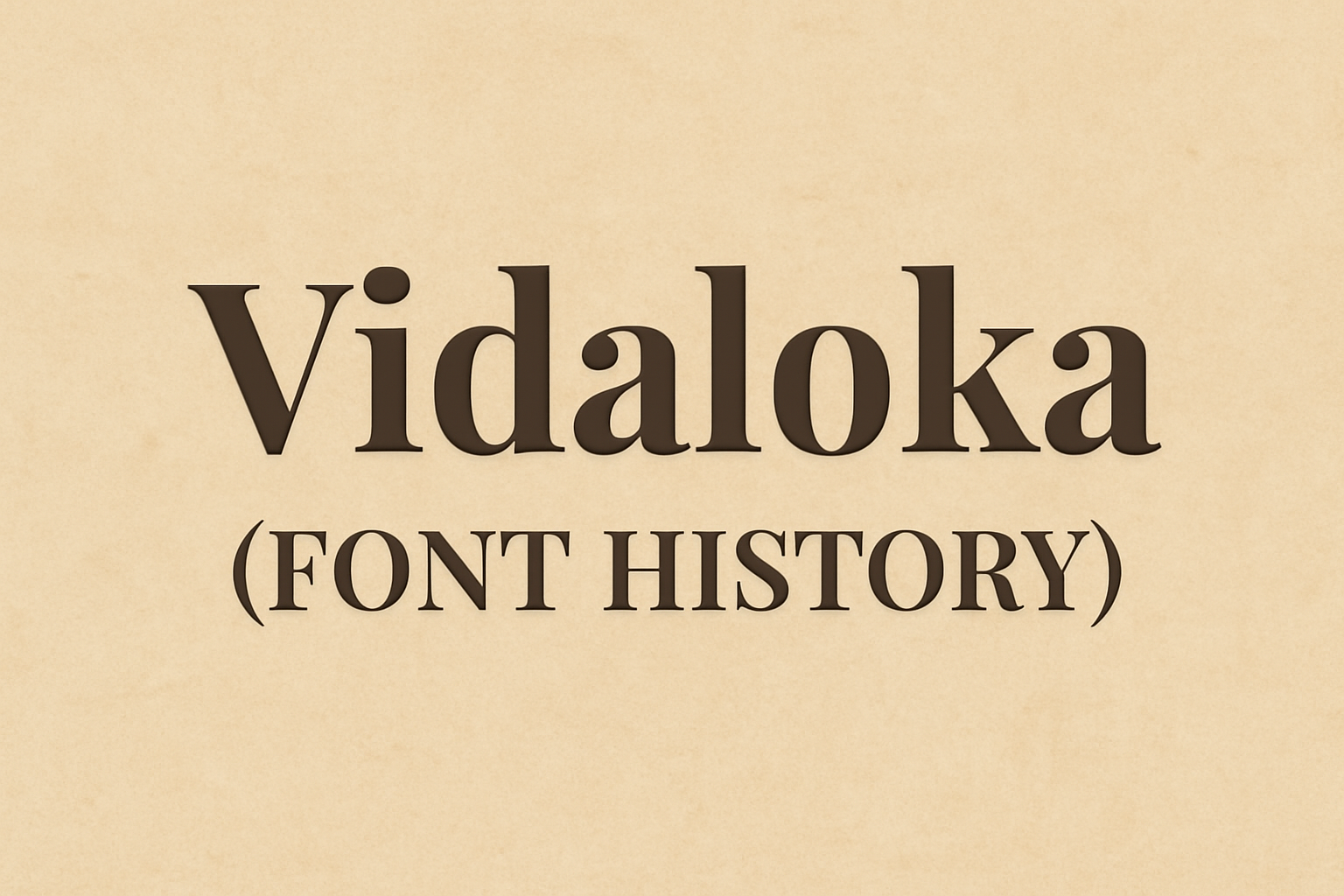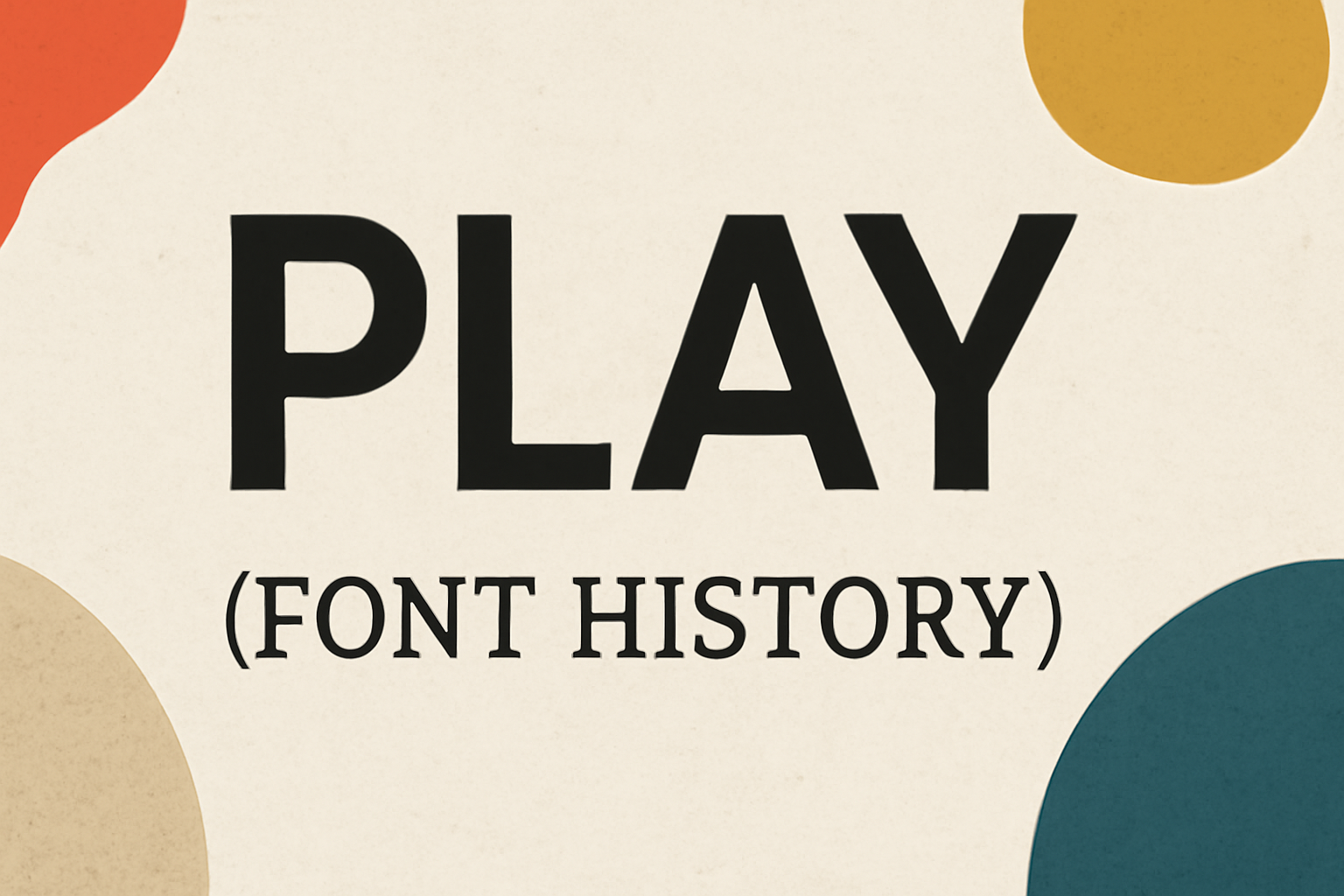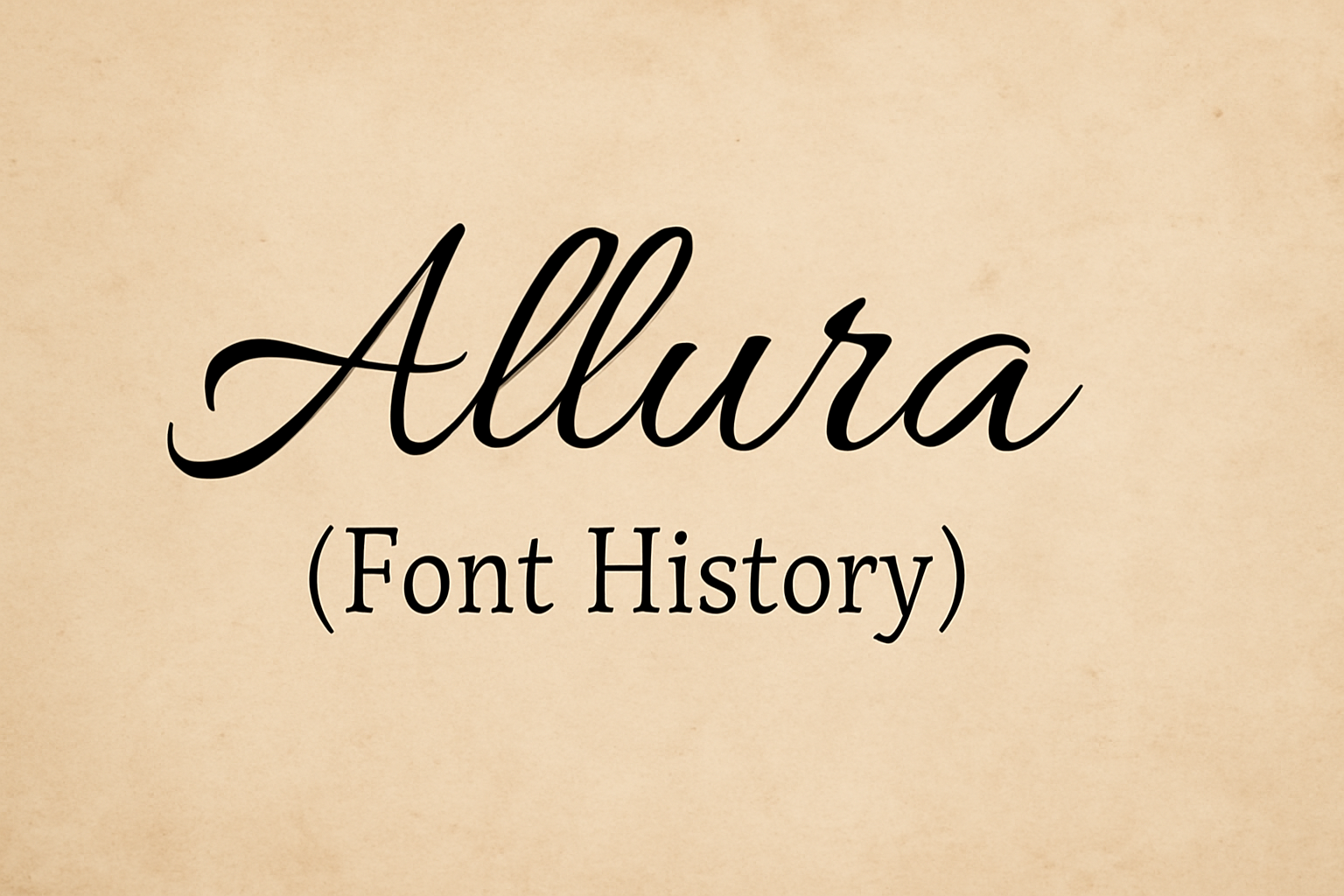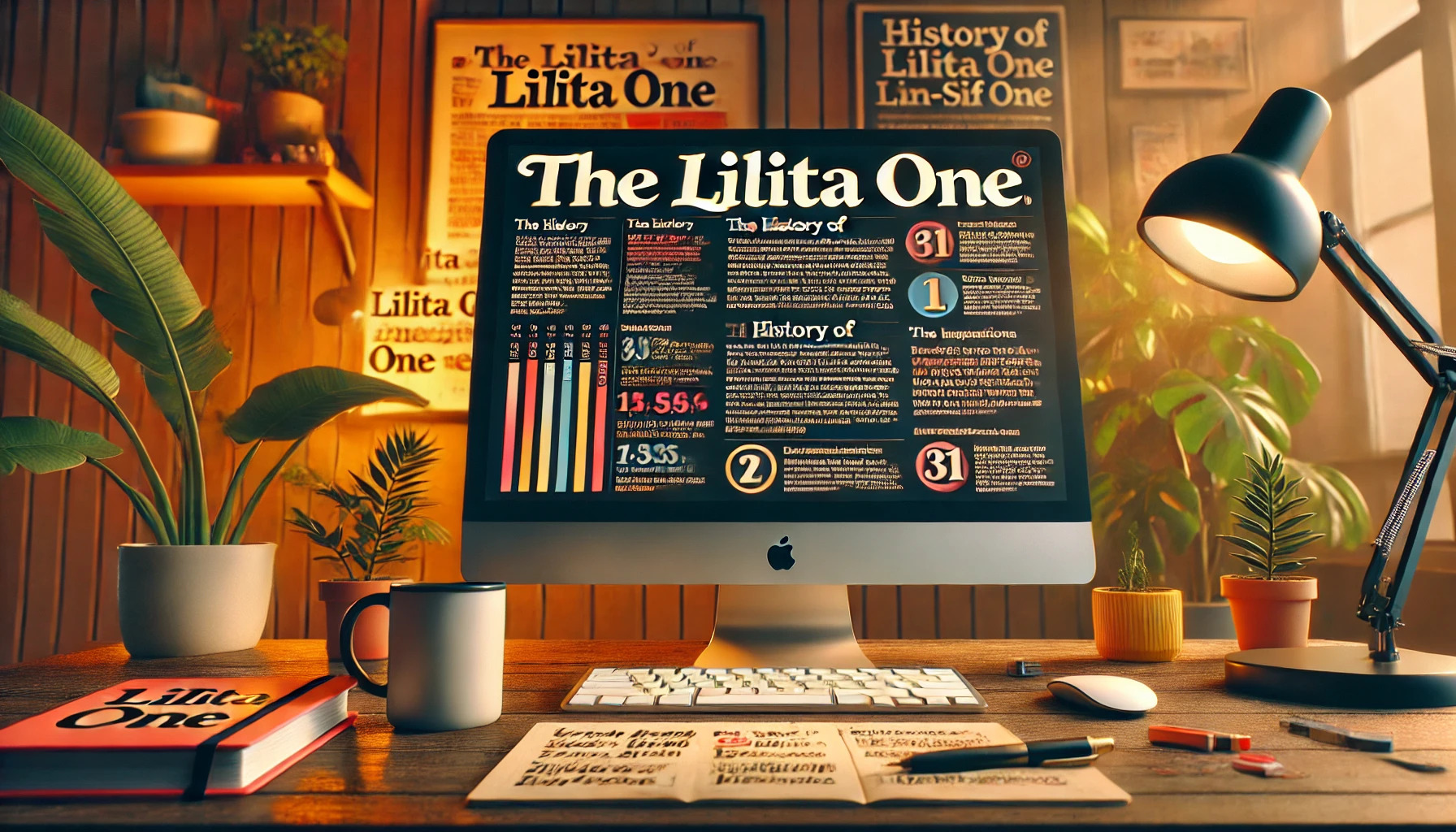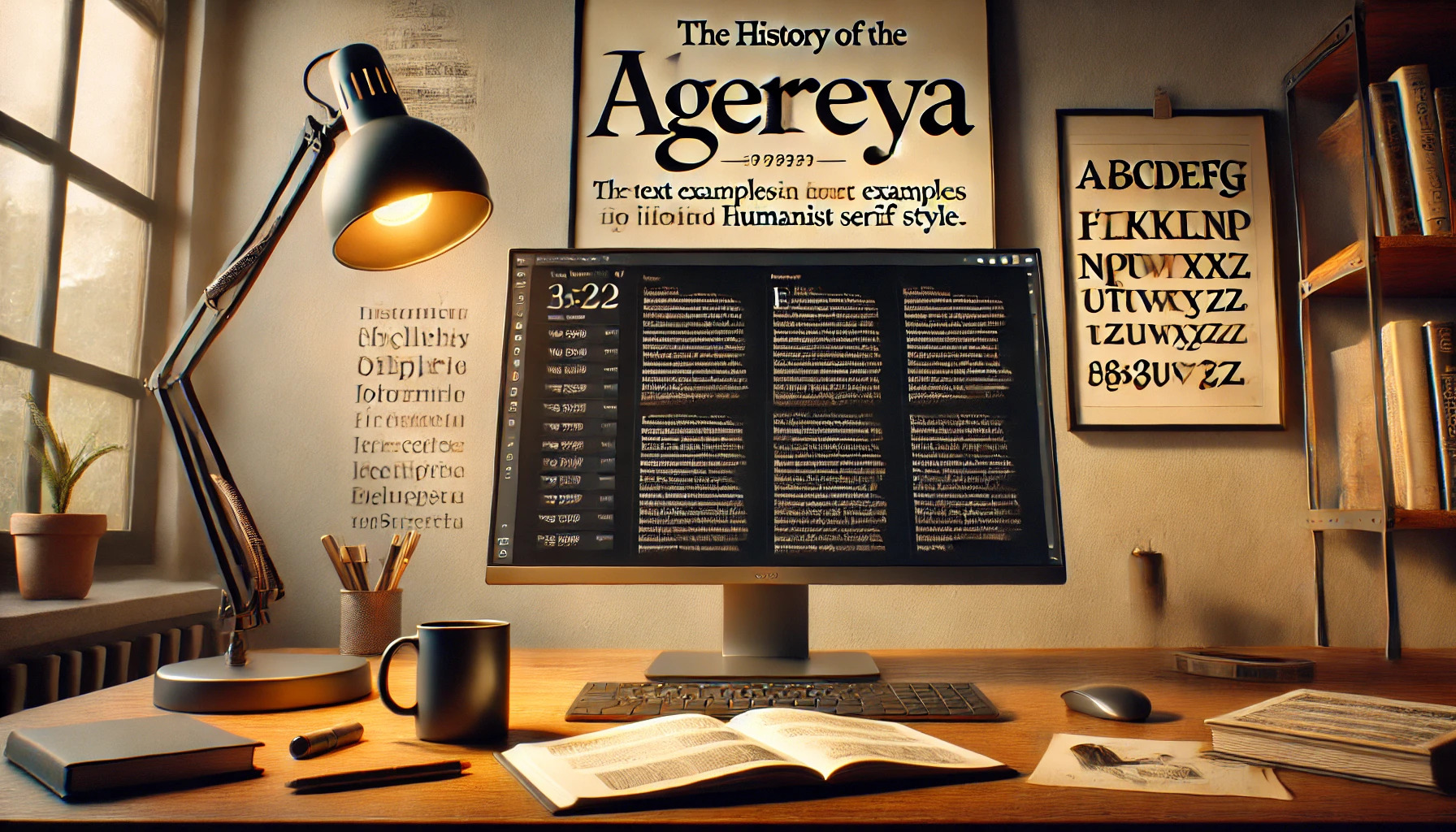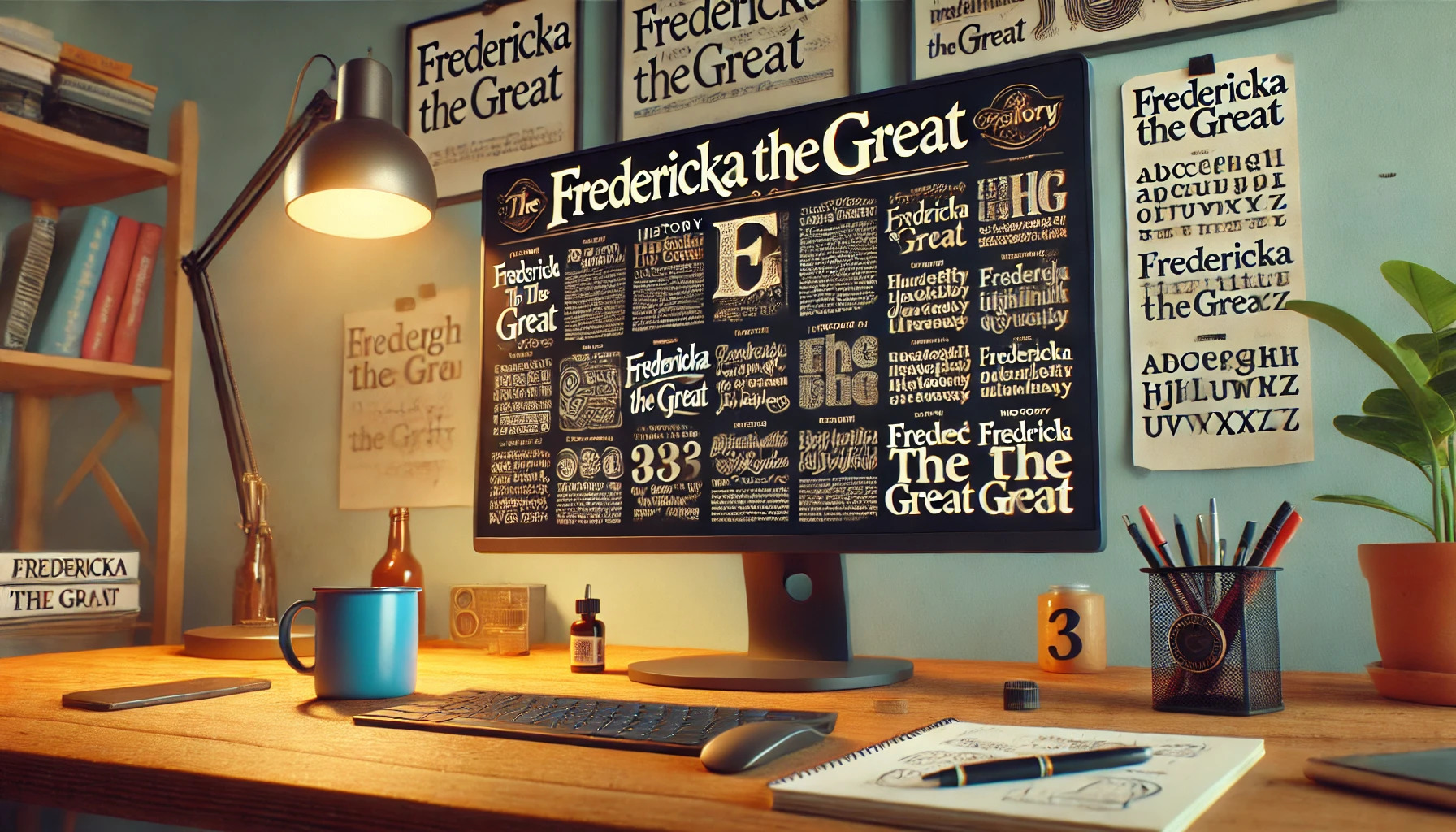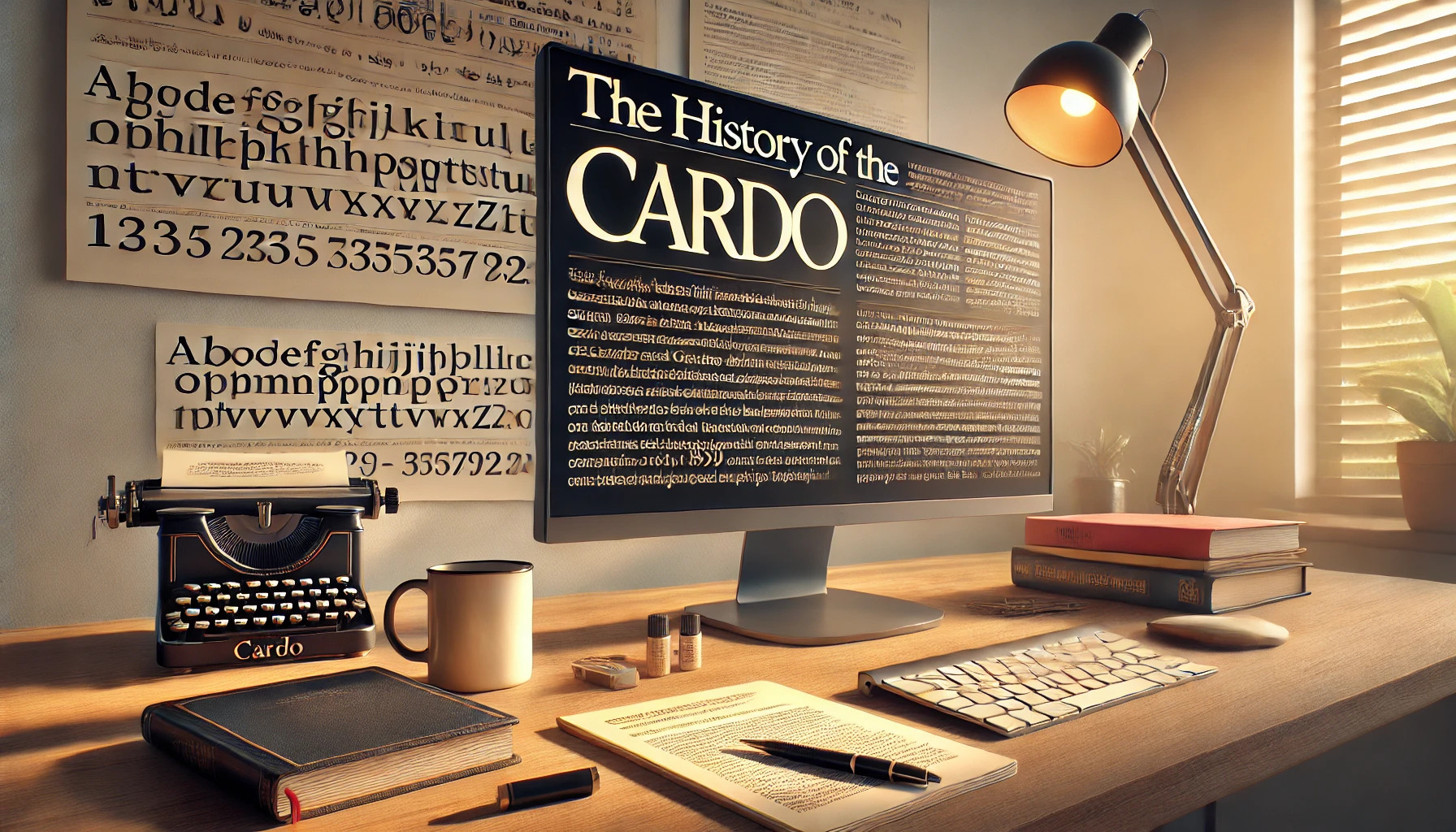Vidaloka is a Didone display typeface known for its elegance and high contrast, making it ideal for headlines and short blocks of text. Designed by Alexei Vanyashin and Olga Karpushina, it stands out with features like curlified drops and sloped terminals. Its distinctive baroque-inspired form adds a unique flair to any design project. Originating in …
Play is a typeface known for its minimalistic and modern design. Created by Jonas Hecksher while he was the Type Director of Playtype Type Foundry, it features letters based on a squared and circular ‘O’. This design provides a corporate yet friendly look, making it versatile for various uses. The unique elements of Play lie …
Allura is a captivating script font, cherished for its elegant and flowing design. Created by Robert E. Leuschke, Allura offers a blend of casual and formal styles, making it versatile for various uses. Its graceful curves and clear readability make it a popular choice for advertising and packaging. For designers seeking a feminine and handwritten …
Eczar is a font with a captivating history that has charmed both designers and typographers. It began as a student project during Vaibhav Singh’s MA studies, eventually evolving into a full-fledged typeface with unique charm and energy. Eczar was created to add liveliness to texts while accommodating both Latin and Devanagari scripts. Developed with support …
Garamond is a name that resonates with elegance and history in the world of typography. Born out of the craftsmanship of sixteenth-century Parisian engraver Claude Garamond, this timeless serif typeface has left a lasting impact on book printing and design. Garamond’s typefaces have been celebrated for their readability and classic style, making them a favorite …
PT Sans is not just a typeface; it’s a blend of history and modern design. Born out of a project to celebrate Peter the Great’s orthography reform, PT Sans offers a unique connection between past and present typography. This font family includes styles that cater to diverse uses, from standard documents to captions for small …
Lilita One is a font that grabs attention with its bold, adventurous look. Originally crafted by Alan835, it stands out due to its thick lines and slightly condensed style. This makes it perfect for headlines and short text snippets. The font’s design combines a rugged feel with some unique details, giving it a soft yet …
Alegreya is a font that has captured the attention of both designers and readers alike. Created by Juan Pablo del Peral, it was originally designed for literature. Its dynamic and varied rhythm makes it perfect for lengthy texts, offering readers a smooth reading experience. Alegreya has a unique charm, striking a balance between classical and …
Fredericka the Great is a font that brings a touch of playfulness to your designs. Created by Crystal Kluge of Tart Workshop, this typeface combines classic serif elements with quirky, hand-drawn details. Its unique style makes it perfect for projects needing a fun yet sophisticated look. This font recalls the spirit of creative nights spent …
Cardo is a typeface that captures the elegance of history through its classic Old Style serif design. Created by David J. Perry, it is crafted to meet the needs of classicists, Biblical scholars, medievalists, and linguists. Its large Unicode character set is a particular highlight, supporting many modern languages and characters used in historical texts. …

